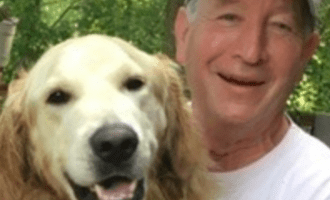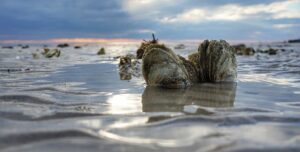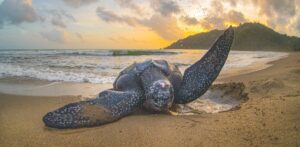THIS COURSE IS NOW OVER, BUT THE RECORDING IS STILL AVAILABLE! The earth is 4.6 billion years old, yet the oldest ocean crust is on the order of 200 million years. This suggests that we are, roughly, on the 22nd iteration of the oceans on our planet. In this presentation, we’ll show how this happens continuously and what it means for the history of the world in a geologic sense as well as what it means to societies the world over. For example, if you are wondering what plate tectonics might have to do with our everyday lives, the answer will become clear as we explore how it is that we are able to communicate globally over the Internet without the aid of satellites.
To put the idea of earth’s ability to “recycle itself” into a larger perspective, we will imagine compressing the history of the earth into one year such that our recorded history would be compacted into the last few seconds before the culmination of that year of years just prior to the stroke of midnight. Sign up soon, Doug’s last course sold out quickly!
Feedback from Doug’s last course:
“Bring him back for another geology class!”
“Great! I’ll listen to him any time. Interesting, informative.”
“Outstanding presentation! We hope that Doug will be back in the Forum line-up in the future!”
“5 stars for the instructor, the topic, his deck, his knowledge, and his enthusiasm. I look forward to learning with him again.”
Course Links:




